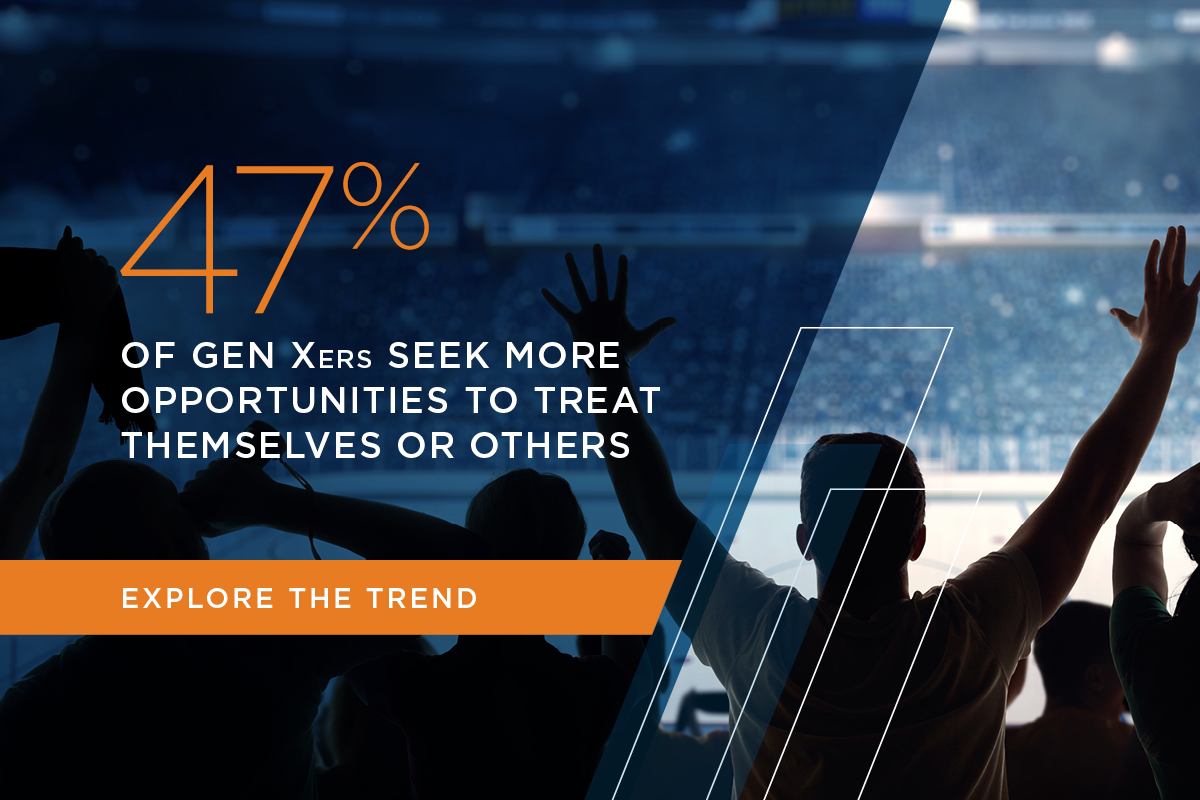Summary
The retail industry is in the midst of a major transition: the “Amazon Effect” (heightened by Amazon’s recent purchase of Whole Foods), retail store closings, and shrinking staff numbers are presenting retailers with new challenges in an already tough industry. But even with these market changes looming, the question that matters most to retailers remains simple: “How can I make it as easy as possible to buy from me?”
Of course, answering that question is at the heart of retail merchandising—for both online and brick-and-mortar stores. But today’s consumers aren’t making a clear distinction between a retailer’s ecommerce and its physical locations, making the art and science of merchandising ever more complex.
In a world where online and off-line shopping have converged, retailers must make the shopping experience as frictionless as possible. With this change in the shopper behavior, the data and analysis of consumer paths to purchase must also converge.
With real retail data convergence , new opportunities for breaking down purchase barriers emerge, including:
3 Barriers to Remove for More Return Customers:
Barriers to making in-store purchases.
Imagine what you could learn about the in-store experience if you had the same depth of information as you do with the online experience. Understanding what in-store visitors do and what paths they take toward purchasing can enable improvements in sales and operational efficiency.
One use for this analysis is highlighting hotspots with high customer volume, but low sales conversion. How a retailer responds to that situation would depend on the product, customer service model, customer expectations, and other factors. For example, high-touch products—such as cosmetics or jewelry—may dictate changes in staff placement to ensure shoppers get the help they need to facilitate the sale. Quick purchase items, on the other hand, may necessitate more checkout staff at certain times to avoid abandoned carts and frustrated customers who just won’t wait.
Sensing and responding to visitors in the physical space with the same attention and sensitivity as you would online can improve their overall experience and make customers more likely to return.
Barriers between channels.
Shoppers generally see retailers as a single brand, no matter how many different sales channels they use. They expect a particular kind of experience from that brand, whether they buy online, pick up in the store, or simply browse the aisles.
For example, a customer may get frustrated if she can’t use a web-specific coupon when she visits the store near her house. All she knows is that her favorite store emailed it to her. She’s not interested in hearing that, due to siloed retail data and operations, the coupon will only work for a purchase on the retailer’s dotcom.
If customers don’t see a difference between the website and the store, why should retailers make the distinction? Converging channels—and the data from each—will enable more seamless marketing and insights and will improve the overall customer experience.
Barriers in your messaging.
It stands to reason that the better you know your customers, the more likely those customers are to be delighted by your marketing efforts and to return, time after time. Smart retailers gather insights on shoppers through a variety of means and create profiles for marketing and merchandising.
But just having profiles, responses to surveys, and even click-by-click data will only provide a partial view of the shopper. In a world of retail and data convergence, it’s important to see a full view of individual shoppers as they buy across all channels.
Matching online and in-store data may present new insights into the mission mindset that a shopper brings to each purchase. That can inform product merchandising strategies and create upsell and cross-sell opportunities, such as where to position in-store pick-up or what types of out-of-store marketing to deliver to loyalty card holders. By having a full view of the customer, the retailer is in a better position to make their buying journey seamless and enjoyable.
A barrier-free experience for the shopper is possible with data about in-store customer behavior, channel performance, and holistic customer data . The challenge is to converge your ecommerce and in-store data so customers can select the experience they want in the channel they prefer—and then keep coming back.



